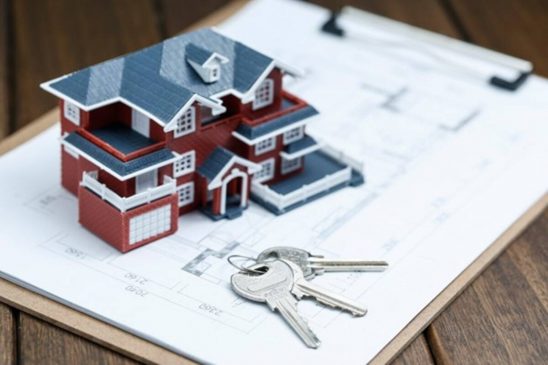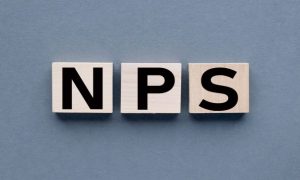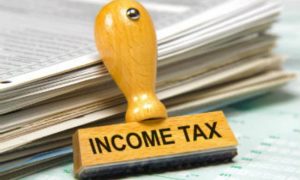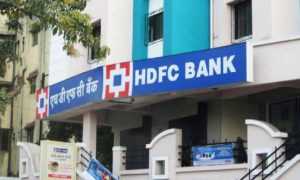By Hemanth Gorur
Property investors, who have been sitting on cash and waiting on the sidelines for many years now, have a reason to rejoice. Their search for the “best price” may be coming to an end. Not only are real estate prices softening, but also home loan interest rates are beginning to dip.
However, one question still dogs those who have opted for floating rates: is this a good time to switch over to a low fixed rate?
How home loan interest rates work
All banks borrow from the Reserve Bank of India (RBI) at what is called the ‘repo rate’, which is reviewed and possibly revised by the RBI every two months. Based on this repo rate, banks fix their lending rates by applying a margin on the repo rate, called the ‘spread’.
Floating interest rates on home loans are linked to this repo rate. If home loan borrowers are currently on the Marginal Cost of Lending based Rate (MCLR), the entire cut in repo rate may not be passed on by banks to borrowers, and there may be a time lag as well. On the other hand, if borrowers are on the Repo Linked Lending Rate (RLLR) which came into vogue last October, the entire repo rate cut has to be passed on to borrowers.
Fixed home loan rates do not vary with repo rate. In this case, the EMI stays constant as well as the loan tenure. This is unlike the case of floating home loan rates, where either EMI or tenure, or both, can vary as the repo rate varies.
Home loan interest rate scenario
Fortunately for borrowers, the repo rate is trending downwards for some time now. This year alone has seen a drop of around 2.5% in the repo rate, triggering a corresponding drop in various retail loans including home loans. Home loans are available today at much lower rates, with the lowest interest rate in the market being 6.7%. This can vary for new borrowers versus existing borrowers opting for a rate switch. It may also vary for existing borrowers whose rates are linked to the MCLR instead of the RLLR.
Given the current economic conditions, it may be safe to say that it would be a long time before interest rates start reversing their trajectory and begin inching upward. In such a case, home loan borrowers can look at switching to a low fixed rate and locking on to it, while noting that interest rates may not have bottomed out yet.
What to consider before switching over to fixed rates
Depending on the pace of economic recovery, home loan interest rate bottoming out may take anywhere between several months to a few years. So when to switch to a fixed rate depends on this trend in interest rate movement and your own reading of the situation.
Secondly, there is a cost to switching. Most banks levy charges when you switch from floating rates to fixed rates. If this cost is less than the economic gains in terms of lower interest payout due to lower EMI or tenure, then you should make the switch.
Thirdly, if your loan tenure is nearing its end, then you may be better off not switching since the switching costs may outweigh the benefits, not to mention the extra hassles at the fag end of your loan tenure.
Fourthly, you may want to switch to a fixed rate if you prefer predictable monthly cash flows, since fixed rates result in fixed EMI.
There are definite pros and cons of both fixed and floating rates, so analyse all relevant factors as outlined above before moving ahead.
The writer is founder, Hermoneytalks.com
MAKING THE SWITCH
When to switch to a fixed rate depends on the falling interest rate trend and your own reading of the situation
If bank charges for the switch are less than the lower interest payout, then you should make the switch
Switch to a fixed rate if you prefer predictable monthly cash flows, since fixed rates result in fixed EMI
If your loan tenure is nearing its end, then you may be better off not switching since the switching costs may outweigh the benefits



































